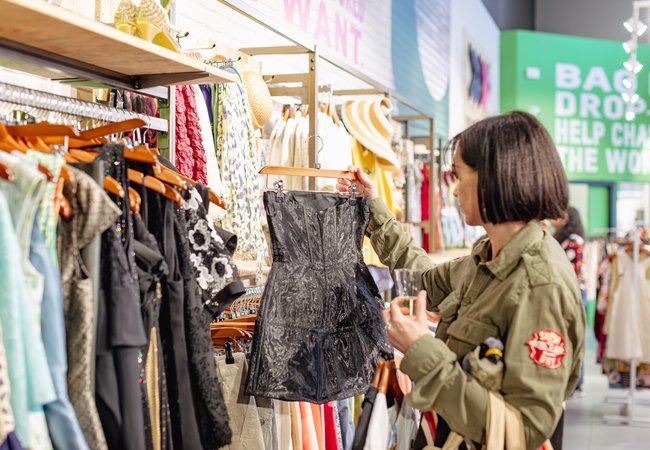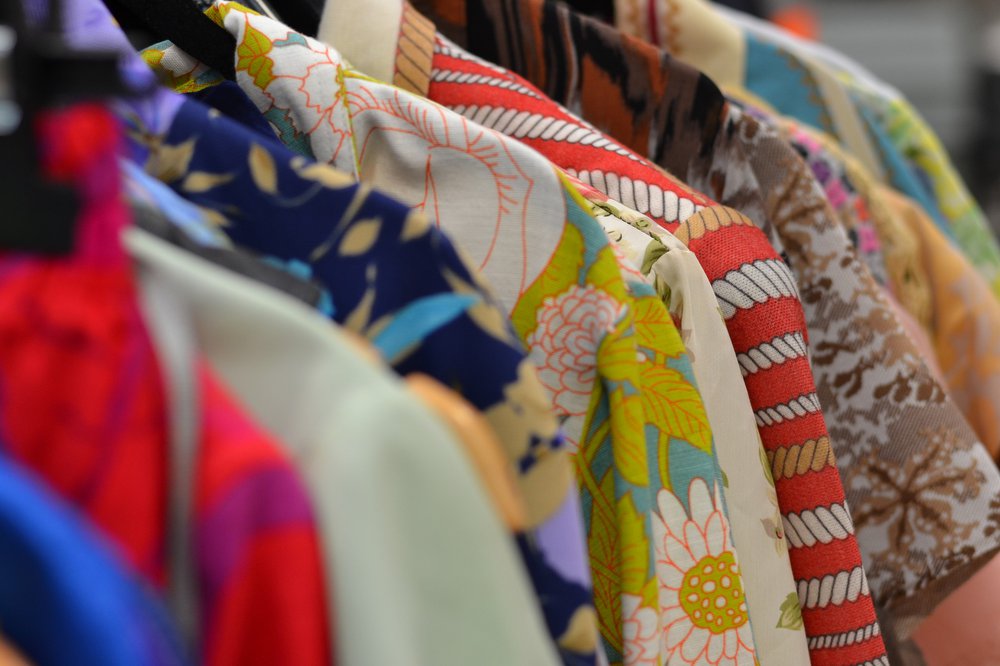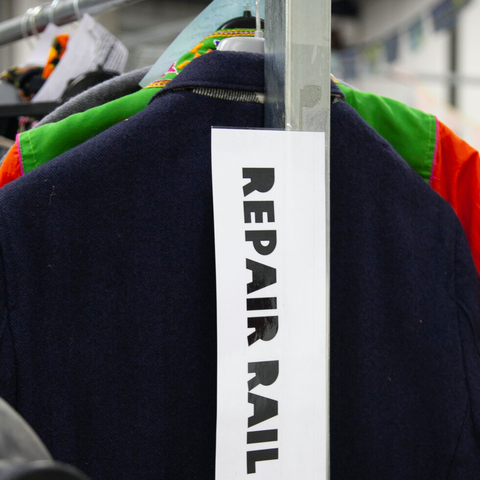Promote circular fashion
Fashion is fabulous – but it’s also one of the most polluting industries on the planet, accounting for 8-10% of global greenhouse gas emissions.
Research from Oxfam shows that by 2050, the fashion industry is on course to produce 138 billion items of unworn clothes every year – enough to almost reach from the Earth to Mars and back, and equivalent to nearly four outfits for every person on the planet.
The global garment industry is manufacturing more and more clothes, but the amount being worn is not changing. So whilst at present, 8 times more clothes are produced than are regularly worn by 2050, the industry is on course to produce 24 times more than are needed.
If current trends continue, the world is rapidly moving towards the 1-day garment. By 2050, each item of clothing will be worn for only 1.3 days (or 32 hours) in total.
Circular fashion aims to tackle this issue of overproduction by designing clothes that are meant to be reusable, repairable and recyclable. This creates a closed-loop system where materials are kept in use for as long as possible before they are responsibly recycled into new materials. This reduces the need for new resources and helps to minimise waste.
When you’re buying second hand clothes, you’re promoting circular fashion by ensuring that existing clothing is worn until the end of its lifespan. This also goes hand in hand with the concept of slow fashion, where the emphasis is on quality over quantity. Slow fashion asks shoppers to make more thoughtful buying decisions and to invest in well-made, timeless clothing that will last many seasons.
Reduce the demand for water
The industries that serve our seemingly endless need for the latest clothing are also placing huge pressure on the planet’s water reserves.
The fashion industry is the second biggest consumer of water after agriculture. Every year, it uses around 93 billion cubic metres of water, which is enough to meet the needs of 5 million people.
Fast fashion, luxury goods and the production of other textiles are depleting groundwater in Brazil, Central Asia, India and parts of the USA.
Cotton production uses a lot of water. Making just one pair of jeans takes 7,500 litres of water – around as much you would drink in seven years.
The UN has found that fast fashion accounts for 8% of the world’s greenhouse gas emissions, more than all airplane and shipping emissions combined. And these gases make the planet much hotter. With its huge carbon emissions and near bottomless thirst, the fashion industry is drying out our planet – all because of our constant demand for cheap, trendy clothes.
Buying second hand helps to reduce the demand for new clothing to be produced.







